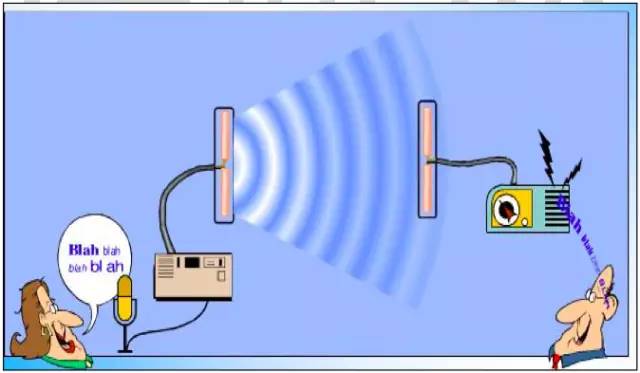Simple Explanation High Magnetic Permeability Absorbing the Material
The high magnetic permeability absorbing material refers to a type of absorbing material having a high magnetic permeability real part u’ (generally ≥ 50) at around 10 MHz. In terms of magnetic permeability characteristics, high permeability absorbing materials are roughly classified into two categories due to their application fields, that is, the problems solved:
1. High permeability absorbing materials for EMC/EMI solutions require not only a higher magnetic permeability real part u’, but also a higher magnetic permeability imaginary part u” (commonly known as “high magnetic” Loss”). Principle: Higher magnetic permeability can absorb more magnetic flux from the source, and higher magnetic permeability imaginary part can effectively convert the collected magnetic flux into latent heat, thus reducing or Eliminate the electromagnetic radiation interference hazard of the interference source. From the data analysis currently mastered by marketers, the higher the magnetic permeability of the absorbing material conforming to this characteristic, the better the absorption effect of the relatively low frequency, and the more effective absorption frequency width.
2. High permeability absorbing materials for providing RFID/NFC anti-metal interference solutions at frequencies up to 13.56 MHz and below. It is desirable to have a lower magnetic permeability while requiring a higher real part u’ of magnetic permeability. The imaginary part u” (commonly known as “low magnetic loss”), that is, it is desirable to have a higher quality factor (u’/u”). Analysis of the principle: the higher magnetic permeability real part can more magnetically converge the communication antenna signal, thus effectively reducing or eliminating the phenomenon of “metal eddy current” when the antenna is close to the metal, while the lower magnetic permeability is virtual. The part u′′ does not excessively lose the communication signal energy passed, guarantees the response of the communication identification and the effective recognition distance. Currently, in the application of RFID/NFC anti-metal interference, the absorbing material can only be 13.56MHz and below. The frequency of RFID/NFC provides a solution. When the magnetic permeability of a general absorbing material is above 10 MHz, the real part of the magnetic permeability u’ will decay rapidly, and the imaginary part of the magnetic permeability u” will rise rapidly.

Absorbing materials with high magnetic permeability real u’ and low magnetic permeability imaginary u” characteristics provide solutions for RFID/NFC anti-metal interference at frequencies up to 13.56 MHz and below, due to insertion of absorbing materials The inter-line capacitance of the antenna, the impedance, and the distance between the antenna and the metal backplane (increased) and the dielectric constant may cause the resonance frequency of the reader or tag antenna to shift, which may affect the actual communication effect. Technicians must understand the relevant characteristics of their own absorbing material system to guide customers to properly adjust the antenna resonance frequency to achieve the best communication effect. It can be seen that the absorbing materials are in terms of EMC/EMI and RFID/NFC. The application will have more or less impact on the entire system of the application object. In order to improve the market competitiveness, in addition to the product’s own quality, it is necessary to strengthen relevant applied research and provide customers with “personal” services.
In addition, in applications of the WPC (Wireless Charging Alliance) using the Qi standard electromagnetic induction wireless charger, the requirements and principles of the absorbing material are similar to those described above.
At present, there are two main types of absorbing materials in this application field: ferrite hard absorbing materials and soft magnetic alloy flexible absorbing materials. From the perspective of market applications, almost half of them are in the mountains.
The ferrite hard disk absorbing material has a relatively high magnetic permeability real part u’ (up to about 200) and a small magnetic permeability imaginary part u”, and has excellent application performance. Currently, it can only be prepared by a sintering process. To achieve superior magnetic permeability performance, and to reduce the negative impact of the process on its mechanical properties, the product size is limited (generally not more than 125mm × 125mm), so the loss of processing products is large. At the same time, because of its high brittleness, The equipment for processing and preparation has high requirements and the scrap rate is also high. In addition, the products or products in the process of processing, storage and transportation are prone to cracks, causing magnetic flux leakage, and the actual performance is also affected, so the market acceptance is not too high.
The magnetic permeability of soft magnetic alloy flexible absorbing materials is weaker than that of ferrite hard sheets, but its flexible size can meet the low loss of product processing, and good product processing performance can reduce scrap rate and processing cost, so the market The demand is not low.
From:http://www.hj-antenna.com/



Leave a Reply
Want to join the discussion?Feel free to contribute!